
Learn from Success: 10 Engaging Article Openings
One of the best ways to learn what makes an engaging article opening is to study published nonfiction pieces and to see what made them successful. Let’s do it!
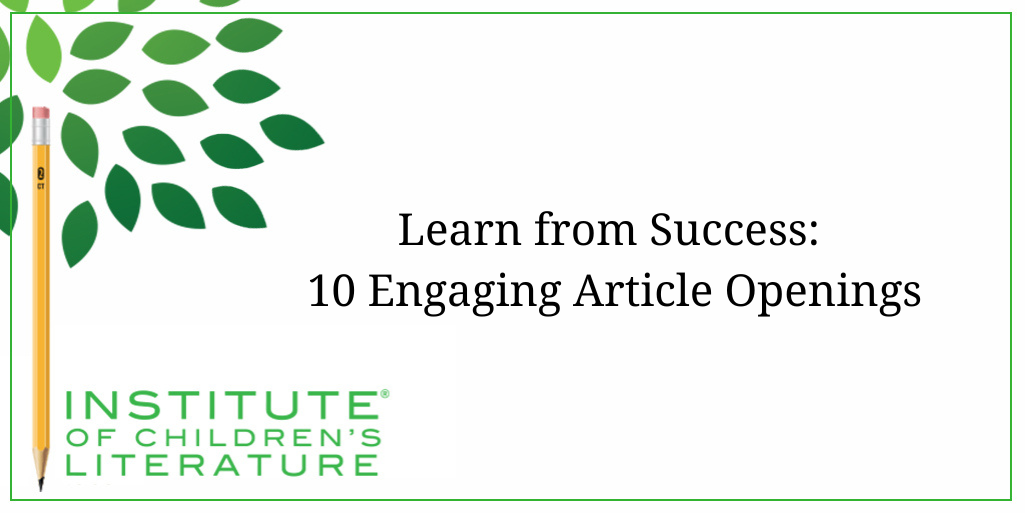
One of the best ways to learn what makes an engaging article opening is to look at great nonfiction pieces that have been published in magazines and talk about what made them so good. With that in mind, let’s jump in.
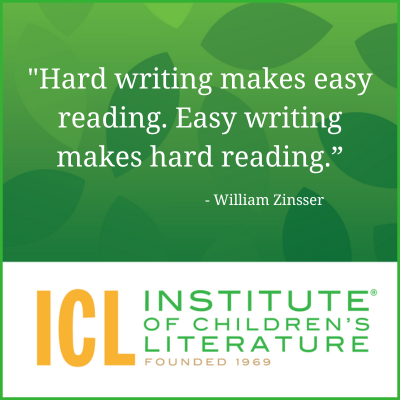 1. Make a Connection!
1. Make a Connection!“A Real-Life Hungry Caterpillar”
by Denise Wilcox.
Fun for Kidz, July/August 2024
“Before a monarch becomes a butterfly, it is a real-life, very hungry caterpillar.”
This article opening line draws a connection between the very famous picture book that young readers are likely to know well, and how real caterpillars behave. She goes on to explain how real caterpillars don’t eat everything like the imaginary picture book creature did, but usually are very selective. After establishing a connection with something the reader knows well, she jumps in with information the reader is unlikely to know. Building a connection is an excellent way to engage a reader.
“Spies in Nature”
by Angela Modany
Highlights, August 23, 2024
“When you think of a sneaky, stealthy undercover agent, an adorable furball like a prairie dog may not spring to mind. But surprisingly, prairie dogs and other animals and plants have incredible spy-like skills.”
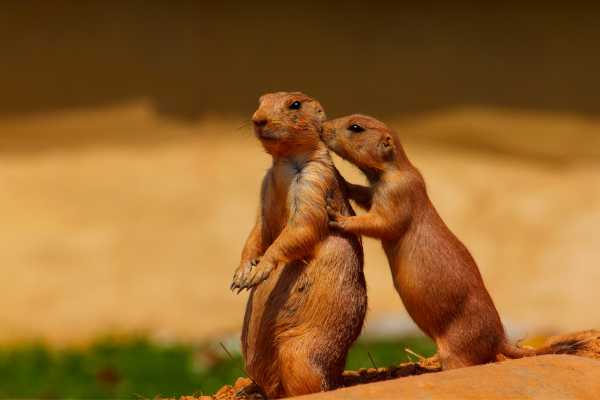
“Long Hair is Going to Look so Good on You”
by Lisa Desantis
Girl’s Life, August/September 2024
Girl’s Life focuses on fashion, beauty, and self-help. This writer ties those together in her article opening by letting the reader know what she can expect from the article: “The question every girl has asked herself at one time or another. How would I look with long hair? The answer: probably great. Which brings us to the next question every girl has asked herself at one time or another: How do I grow out my hair so it looks shiny and strong rather than a graveyard for damaged strands and split ends?”
Not only does this writer lay out what the reader can expect, she ties the urge to know the subject to “every girl.” This gives the reader the nudge that if she misses out on this piece, she’s not going to be in the know with every girl. The opening is also full of the author’s voice that continues throughout the article.
 4. Make a Promise You Intend to Keep!
4. Make a Promise You Intend to Keep!“Why Does a Plane Look and Feel Like It’s Moving More Slowly Than It Actually Is?”
by Sara Nelson
Smore, Spring 2024
“A passenger jet flies at about 575 mph once it’s at cruising altitude. That’s nearly nine times faster than a car might typically be cruising on the highway. So why does a plane in flight look like it’s just inching across the sky?”
The writer of this article is an expert on physics and aerospace, so she could easily talk over a reader’s head, but instead, she focuses on answering a question in a clear, direct way. She doesn’t try to be overly cheery or fun. Instead, she simply promises to answer a question the reader may not even have thought out, but now will. Notice how the opening reflects the article’s title without being identical. Even small differences can avoid boring the reader, so she employs them.
“Survival School!”
by JD Savage
Eco Kids Planet, September 2024
“Animals know a thing or two—and often much more. In the wild, that knowledge means survival. But how do they learn those skills?”
In this opening, the author uses a well-known saying. Anyone who knows a thing or two is very smart. The author uses this common phrase in an unexpected way by applying it to animals. Then the opening makes a promise by asking a question that the author intends to answer in the article.
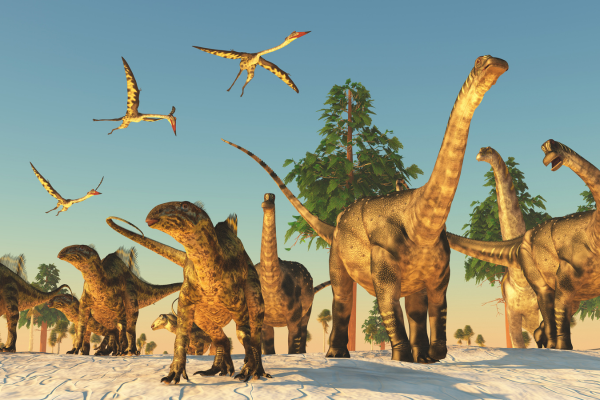 6. Mix Pop Culture and Cool Fact!
6. Mix Pop Culture and Cool Fact!“From the North Came the Furry Tyrannosaurs: How Feathered Dinosaurs Entered Pop Culture”
by Gray Stanback
PREHISTORIC TIMES, Summer 2024
“When Jurassic World: Dominion roared into theaters in the summer of 2022, it introduced audiences to something that had been common knowledge among scientists for over a quarter of a century but was only just now making its debut in a big-budget Hollywood film—feathered dinosaurs.”
This article opening does a lot of things right. It mixes pop culture with several cool facts. Not only does it mention feathered dinosaurs, but it tells us scientists knew about them for a quarter of a century. It also pays attention to possible engaging word choices. Notice how the author chose to use “roared into theaters” since the dinosaurs do a great deal of roaring in the movie. Technically, Prehistoric Times isn’t a children’s magazine as the reading level for most of the pieces is quite high and the magazine is text heavy, but their reader art page makes it clear they have many young readers.
“The Incredible Science of Rain and Snow”
by Jameelah Afzal
Atlasia Kids, January 2024
“Have you ever gazed out the window on a rainy day or watched in awe as snowflakes gently cover the ground? Both rain and snow are not just weather phenomena but fascinating scientific wonders.”
There is a writer’s rule of thumb that you should never ask a reader a “have you ever…” question, because a “no” can shut down interest in the piece. But here the author takes the risk in order to draw reader attention to the common nature of weather before opening the door to a lot of info the reader probably never knew.
“Beak-A-Boo!”
by Ian Dewar
Double Helix, September 2024
“The night parrot…is one of Australia’s most mysterious species. For nearly 80 years people thought it might be extinct, until a few birds were spotted in the wild.”
This whole article is only four paragraphs long, so the author had to get in and out fast. Thus, the author jumped right in by letting the reader know what the piece was about. Notice the use of a reader-grabbing word: “mysterious.” Everyone wants to know about things that are mysterious.
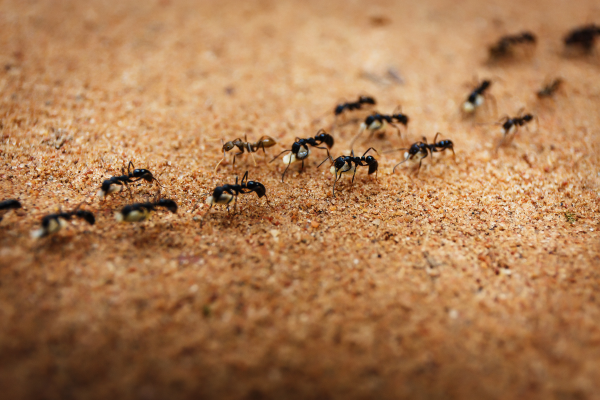 9. Compare the Familiar with the Unique!
9. Compare the Familiar with the Unique!“Line Up, Please”
by Maria Birmingham
Owl, September 2024
“Just as you line up with your classmates at school, some animals form lines, too. Keep reading to learn why!”
The writer uses a comparison of something every reader is likely to have experienced (standing in line) with the focus of her article, which is animals that line up in different ways and for different reasons. Demanding the reader read on to find out why is a risky choice, but sometimes risks are fun too.
“Hard-Working Mums”
by Christine Modafferi
Eco Kids Planet, July/August 2024
“…the more incredible things I uncover about our nature friends, the more I discover we’re not too different. For example, marvelous animal mums fiercely protect, love, and look after their babies–just like a lot of the real-life human mums I know!”
In this piece, the author is writing for a department that has a set format. So, the opening must be about investigating some aspect of wildlife. We see that, while also seeing that the author has used the technique of tying the unique to something the reader already experiences. Connections mean engagement.
So that’s ten examples from different magazines produced all over the world. The tools for engaging readers, such as making connections, making promises you intend to keep, and choosing compelling language can be spotted in many of the examples. These are solid tips that will put your article openings on the road to success.
With over 100 books in publication, Jan Fields writes both chapter books for children and mystery novels for adults. She’s also known for a variety of experiences teaching writing, from one session SCBWI events to lengthier Highlights Foundation workshops to these blog posts for the Institute of Children’s Literature. As a former ICL instructor, Jan enjoys equipping writers for success in whatever way she can.

One of the best ways to learn what makes an engaging article opening is to study published nonfiction pieces and to see what made them successful. Let’s do it!

Writing a nonfiction article isn’t easy. However, it may be easier and quicker than writing and selling a picture book and the benefits may surprise you!

Sometimes submissions don’t pay off. Some ideas don’t work like you intend and sometimes they are outright rejected. Here’s how to deal with submission failure.
1000 N. West Street #1200, Wilmington, DE 19801
© 2024 Direct Learning Systems, Inc. All rights reserved.

1000 N. West Street #1200, Wilmington, DE 19801
© 2024 Direct Learning Systems, Inc. All rights reserved.

1000 N. West Street #1200, Wilmington, DE 19801
©2024 Direct Learning Systems, Inc. All rights reserved. Privacy Policy.